Home>Garden Essentials>How To Get Seeds From Green Onions
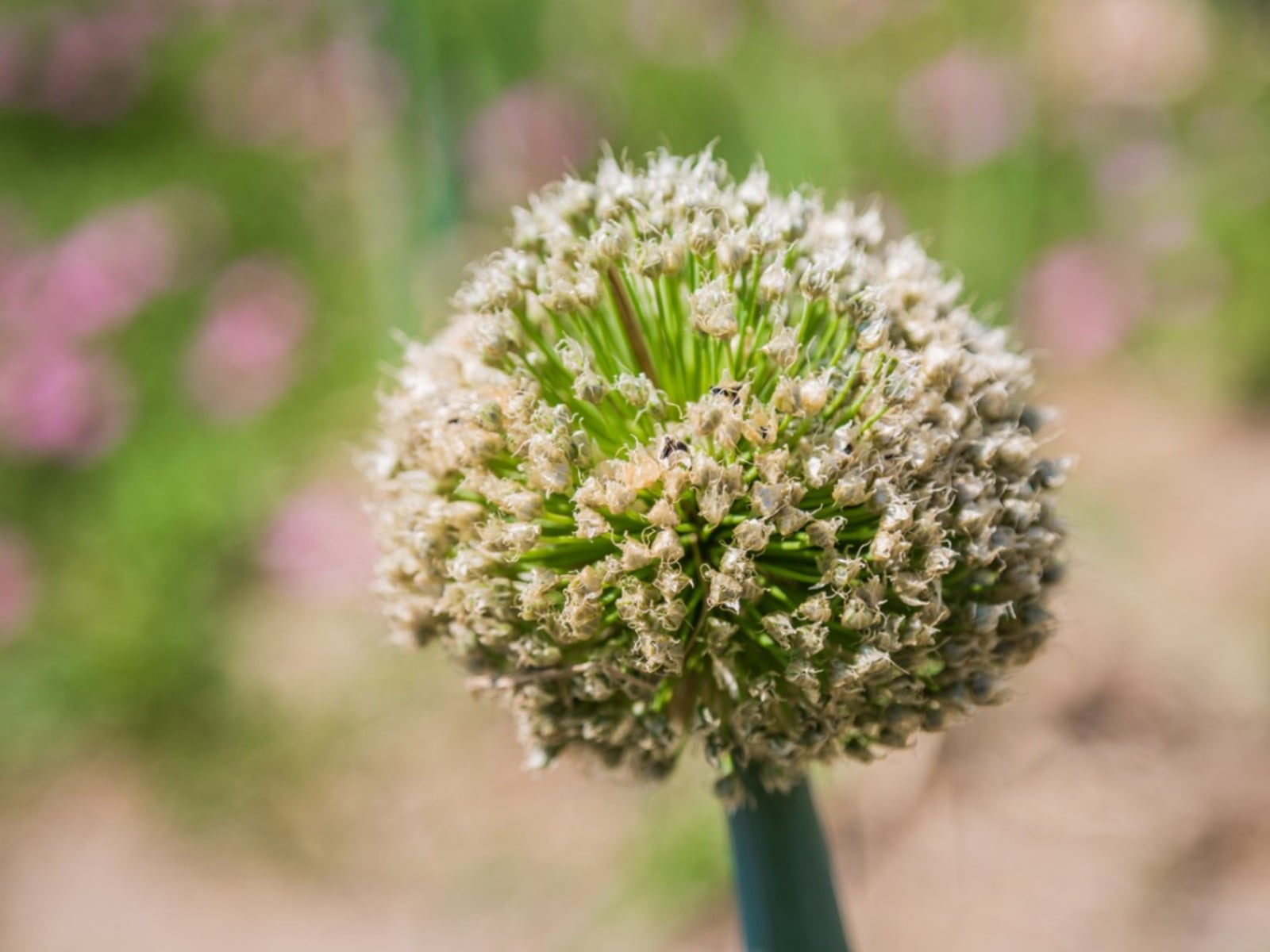

Garden Essentials
How To Get Seeds From Green Onions
Modified: October 20, 2024
Learn how to harvest seeds from green onions to kickstart your garden. Follow our step-by-step guide for a bountiful and sustainable way to grow your own greens.
(Many of the links in this article redirect to a specific reviewed product. Your purchase of these products through affiliate links helps to generate commission for Storables.com, at no extra cost. Learn more)
Introduction
Welcome to the world of gardening! If you’re a newbie or an experienced gardener looking to expand your knowledge, this article will guide you through the process of saving seeds from green onions. Not only is it a great way to save money, but it also allows you to maintain a continuous supply of fresh green onions for your culinary delights.
Green onions, also known as scallions or spring onions, are versatile and easy to grow. They add a fresh and crisp flavor to salads, stir-fries, soups, and many other dishes. By saving and replanting the seeds, you can ensure a bountiful harvest year after year.
In this article, we will explore why saving seeds from green onions is beneficial, when to harvest the seeds, how to harvest them properly, and how to store and plant them for the next season. So, let’s dig in and unlock the secrets to growing a never-ending supply of green onions in your garden!
Key Takeaways:
- Save money and preserve your favorite green onion varieties by harvesting and storing seeds. Enjoy a continuous supply of fresh, flavorful green onions in your garden year after year!
- Connect with nature, promote sustainability, and add fresh flavors to your meals by planting green onion seeds. Enjoy the rewarding journey of growing your own delicious green onions!
Read more: How To Plant Green Onions From Seed
Why Save Seeds from Green Onions?
There are several reasons why saving seeds from green onions is a smart gardening practice. Let’s explore why it’s worth the effort:
- Cost-effective: Purchasing green onion seeds or seedlings can add up over time. By saving your own seeds, you eliminate the need to buy them, saving you money in the long run.
- Preserve heirloom varieties: If you have a favorite variety of green onions that you enjoy growing, saving their seeds ensures that you can continue growing that particular variety for years to come. This is especially important if you have heirloom varieties that are not easily found in stores.
- Self-sufficiency: Growing your own green onions from saved seeds allows you to become more self-sufficient in your gardening endeavors. You won’t have to rely on purchasing seeds or seedlings from outside sources, giving you greater control over your garden.
- Adaptation to your specific conditions: Over time, the green onions that you save seeds from will adapt to your specific growing conditions, resulting in more robust plants that are better suited to your garden’s environment. This can lead to higher yields and healthier plants.
- Connection to the natural cycle: Saving seeds from green onions allows you to experience the full cycle of plant life, from seed to harvest. It’s a fulfilling and rewarding experience that connects you to the natural world and the wonders of gardening.
By taking the time to save seeds from your green onions, you not only reap the benefits of cost savings and continuity of favored varieties but also gain a deeper appreciation for the beauty and intricacies of nature.
When to Harvest Green Onion Seeds?
Knowing when to harvest green onion seeds is crucial for ensuring optimal seed viability. Here are some key indicators to help you determine the right time for harvest:
- Flowering stage: Green onions will form flowers, which eventually produce seed heads. Wait until the seed heads start to dry out and turn brown before harvesting. This usually occurs several weeks after the flowers have bloomed.
- Drying weather conditions: Harvest your green onion seeds on a dry day to prevent any moisture from affecting the seed quality. Moisture can lead to mold or rotting, which will render the seeds useless.
- Fully mature seeds: Allow the seed heads to dry on the plant until the seeds inside are fully mature. This is indicated by seeds that are hard, dry, and easily separated from the seed head.
- Timing: Harvest the green onion seeds before they start to disperse naturally. Once the seed heads begin to crack open and the seeds fall to the ground, it’s time to collect them to prevent any loss.
It’s important to note that green onion seeds have a relatively short shelf life compared to other seeds. Therefore, harvesting them at the right time is crucial to maximize their viability.
To ensure you don’t miss the ideal harvest window, it’s a good idea to regularly check the progress of the seed heads as they mature. Gently squeeze the seed heads to check if the seeds are dry and ready for harvesting. If the seeds are still soft or release milky sap when squeezed, they need more time to mature.
By observing these indicators and being patient, you can harvest green onion seeds at the peak of their quality and successfully save them for future planting.
How to Harvest Green Onion Seeds?
Harvesting green onion seeds is a simple process that requires a bit of patience and attention to detail. Follow these steps to ensure a successful harvest:
- Observe seed head maturity: As mentioned earlier, monitor the seed heads and wait until they have dried out and turned brown. This indicates that the seeds are mature and ready for harvest.
- Prepare a container: Get a clean, dry container, such as a paper bag or a bowl, to collect the seeds in. Make sure the container is large enough to hold all the seeds and has ample ventilation to prevent moisture build-up.
- Hold the seed head: Carefully hold the dried seed head over the container. Use your fingers or a pair of scissors to cut the seed head from the plant, ensuring that the seeds fall directly into the container.
- Separate the seeds: Once you have harvested all the seed heads, gently rub or shake them to release the seeds. The dry and mature seeds should separate easily from the seed head.
- Remove any debris: Take a moment to sift through the collected seeds and remove any debris, such as plant material or chaff. This will ensure that you have clean and pure seeds for storage.
- Label and store: Label your container with the date and variety of green onions from which the seeds were harvested. Transfer the cleaned seeds to a small envelope or an airtight container. Store them in a cool, dry place away from direct sunlight.
By following these steps, you can successfully harvest and store green onion seeds for future planting. Remember to handle the seeds gently to prevent damage and ensure their viability for germination.
Don’t forget to label the seeds properly to avoid confusion and maintain organization in your seed collection. This will come in handy when you’re ready to plant them in the next growing season.
Place the green onion roots in a glass of water and leave them in a sunny spot. Change the water every few days. After a week or two, you should see new green shoots and roots forming. Once the shoots are a few inches tall, you can plant them in soil to grow new green onions.
Storing Green Onion Seeds Properly
Proper storage is key to maintaining the viability of green onion seeds for future use. Here are some essential tips to ensure you store your seeds properly:
- Ensure dryness: Before storing the seeds, make sure they are completely dry. Any moisture left in the seeds can lead to mold or rotting, rendering them unviable. Allow the harvested seeds to air dry for a few days until they are thoroughly dry.
- Choose appropriate containers: Transfer the dried green onion seeds to small envelopes, seed packets, or airtight containers. These containers should be moisture-proof and allow for good airflow to prevent any moisture build-up.
- Add desiccant: To further protect against moisture, you can add desiccant packets or silica gel to the storage containers. These substances help absorb any excess moisture, keeping the seeds dry and preserving their quality.
- Label and date: It’s important to label each container with the variety of green onions and the date of harvest. This ensures that you can easily identify the seeds and keep track of their freshness over time.
- Choose a cool, dry location: Store the containers of green onion seeds in a cool and dry location, away from direct sunlight. Ideally, the temperature should be around 40 to 50 degrees Fahrenheit (4 to 10 degrees Celsius).
- Monitor for pests: Periodically check your stored seeds for any signs of pests or insect damage. If you notice any infestation, discard the affected seeds and consider using organic pest control methods to prevent further damage.
- Rotate your seed stock: Green onion seeds typically have a shelf life of 1 to 2 years. To ensure the best germination rates, it’s a good practice to rotate your seed stock and use the oldest seeds first.
By implementing these storage practices, you can maintain the viability of your green onion seeds and have a reliable seed supply for future planting seasons. Remember to store them properly and check on them periodically to ensure their quality and longevity.
Read more: When To Plant Green Onion Seeds
Planting Green Onion Seeds for the Next Season
Once you have harvested and stored your green onion seeds, you can start planning for the next growing season. Here are the steps to successfully plant green onion seeds:
- Timing: Green onions are cool-season crops, so it’s best to sow the seeds in early spring or late summer for a fall harvest. Plan your planting time accordingly, taking into consideration the average frost dates in your region.
- Prepare the soil: Choose a well-draining location with fertile soil for planting your green onion seeds. Prepare the soil by removing any weeds or debris and adding compost or organic matter to enrich it.
- Sow the seeds: Make shallow furrows in the prepared soil, about 1/4 to 1/2 inch deep. Space the furrows 6 to 8 inches apart to allow room for the green onion plants to grow. Carefully sprinkle the seeds along the furrows, spacing them out about 1 inch apart.
- Cover and water: Gently cover the seeds with a thin layer of soil, and lightly pat it down. Water the area thoroughly but gently to ensure the seeds are properly moistened. Avoid overwatering, as it can lead to rotting or poor germination.
- Maintain moisture: Keep the soil consistently moist during the germination period. Regularly check the moisture levels and water as needed, ensuring that the soil doesn’t dry out but is not overly saturated.
- Thinning and spacing: As the green onion seedlings emerge and grow, thin them out to ensure proper spacing. Once the seedlings are a few inches tall, thin them to about 2 to 3 inches apart, allowing each plant enough room to develop.
- Provide care: Green onions are relatively low-maintenance plants. Keep the soil weed-free and provide regular watering and occasional fertilization throughout the growing season. Avoid over-fertilizing, as this can lead to excessive leaf growth instead of bulb development.
- Harvesting: Your green onions will be ready to harvest once they have reached the desired size, typically when the tops are around 6 inches tall. Carefully pull or cut the green onions from the base, leaving the root intact to encourage regrowth.
By following these steps, you can successfully plant and grow green onions from saved seeds, ensuring a constant supply of fresh and flavorful onions in your garden. Enjoy the satisfaction of growing your own delicious greens!
Conclusion
Congratulations! You’ve learned the art of saving and planting green onion seeds, taking a step towards self-sustainability and unlocking the potential of your garden. By mastering the process of harvesting and storing green onion seeds, you can enjoy a continuous supply of this versatile and flavorful vegetable.
Not only does saving seeds from green onions save you money in the long run, but it also allows you to preserve your preferred varieties and adapt them to your garden’s unique conditions. The connection you develop with nature throughout this process is truly rewarding.
Remember to choose the right time for harvesting the seeds when the seed heads have dried out, and the seeds are fully mature. Properly store the seeds in moisture-proof containers, ensuring they are in a cool, dry location. Label and date the containers, and regularly check them for any signs of pests or damage.
When the time comes to plant your green onion seeds, prepare the soil, sow the seeds at the appropriate depth and spacing, and provide them with proper care and attention. Soon enough, you’ll be rewarded with a bountiful harvest of delicious green onions.
Whether you’re a beginner or an experienced gardener, saving and planting green onion seeds is a gratifying experience that connects you to the natural world, promotes sustainability, and adds fresh flavors to your culinary adventures. So, unleash your green thumb, embrace the wonders of seed-saving, and enjoy the journey of growing your own green onions!
Frequently Asked Questions about How To Get Seeds From Green Onions
Was this page helpful?
At Storables.com, we guarantee accurate and reliable information. Our content, validated by Expert Board Contributors, is crafted following stringent Editorial Policies. We're committed to providing you with well-researched, expert-backed insights for all your informational needs.
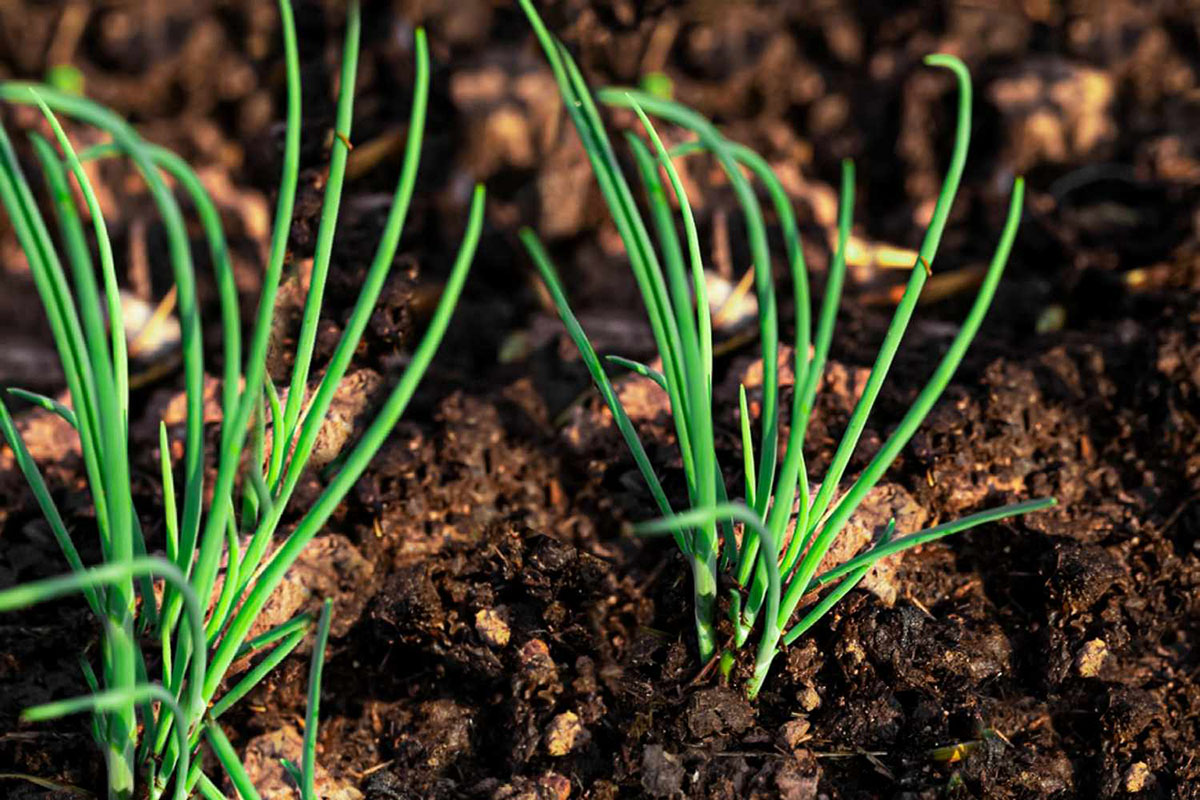
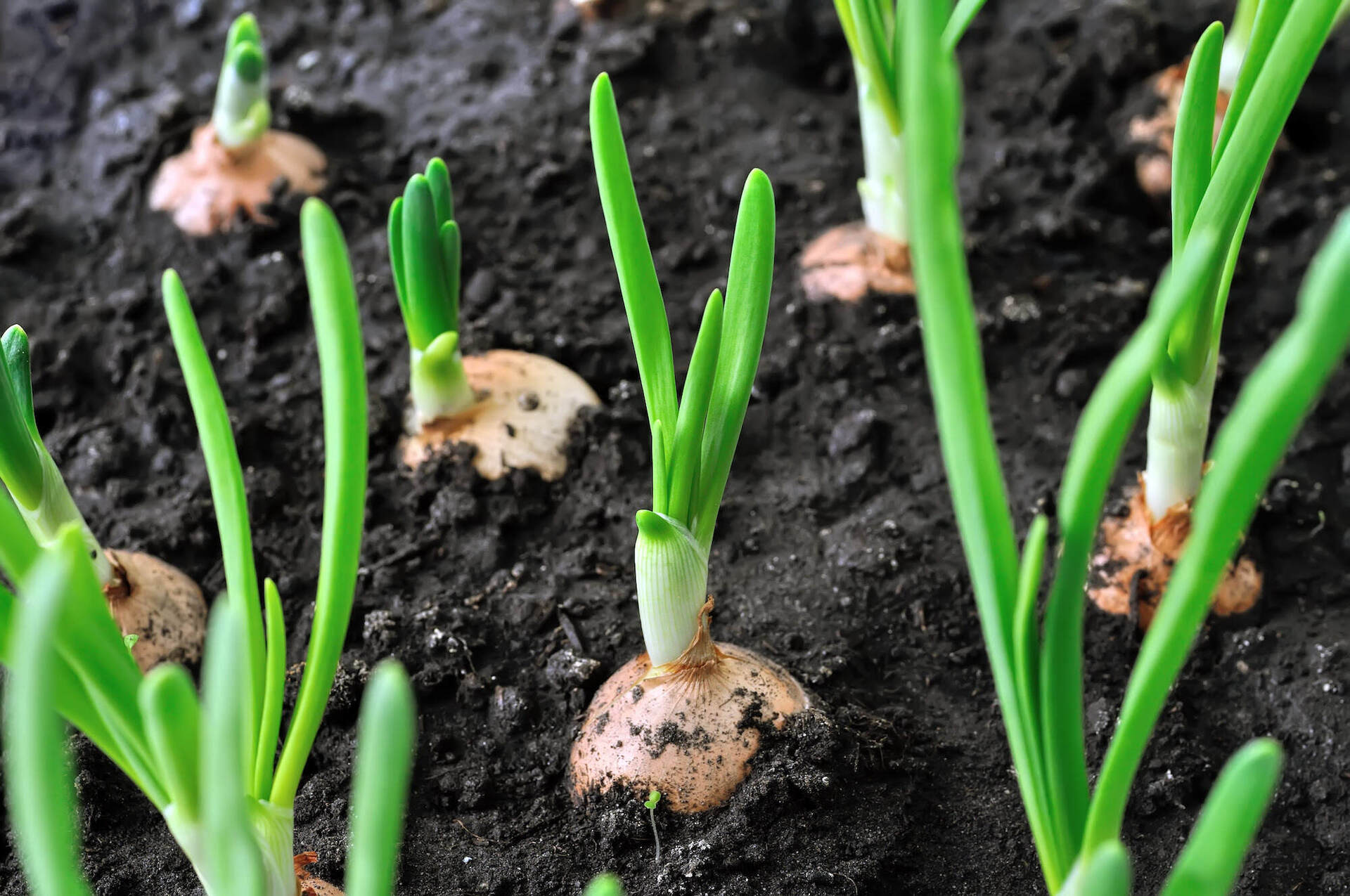
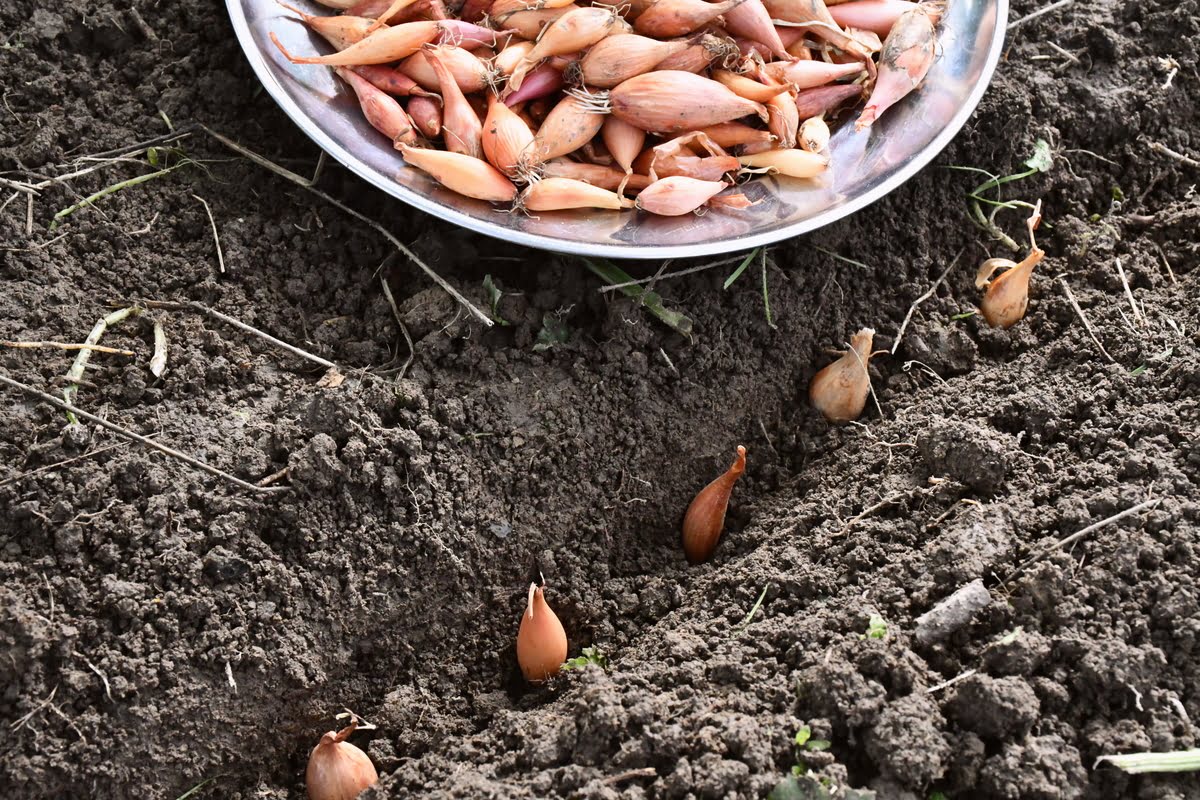
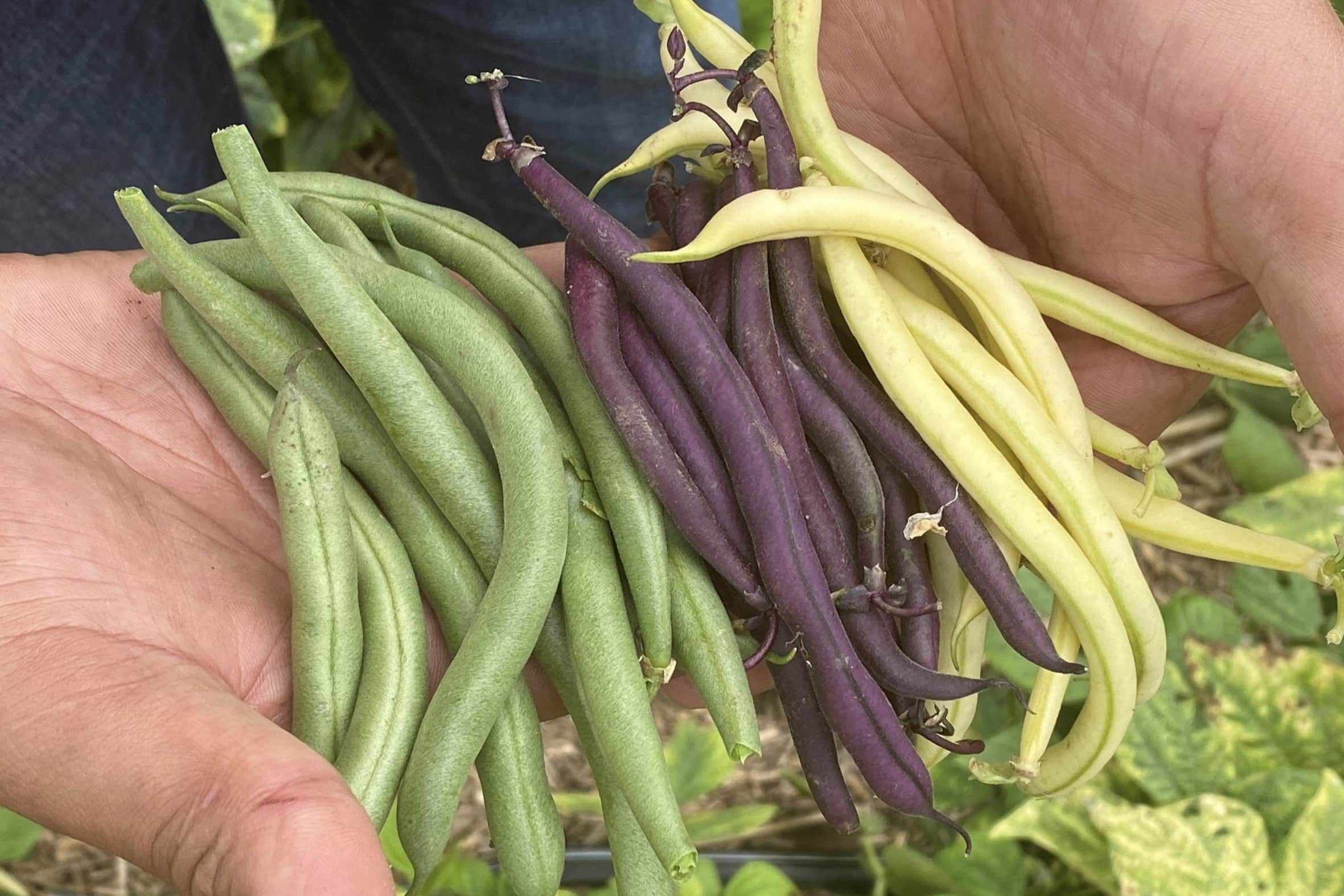
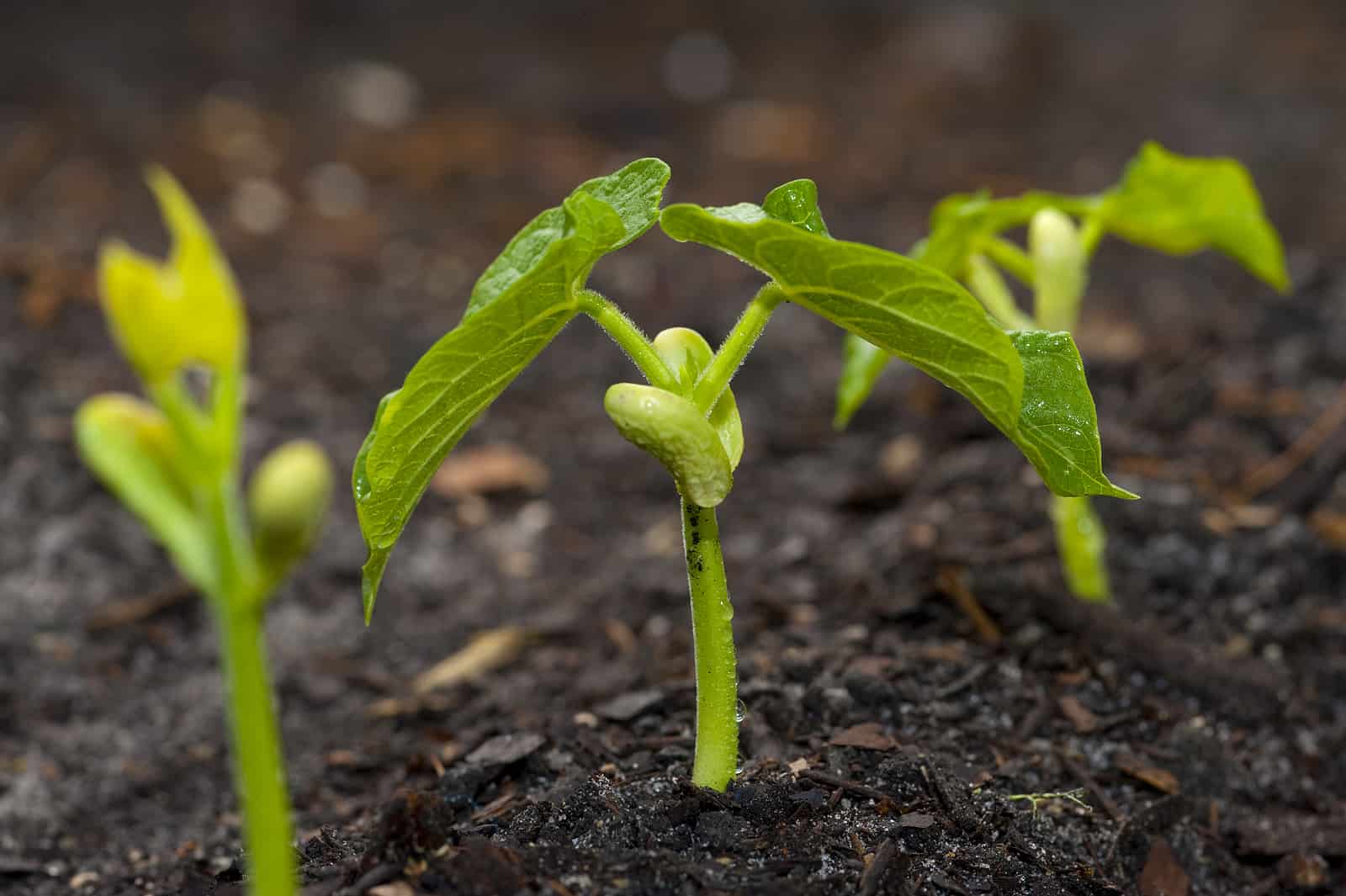
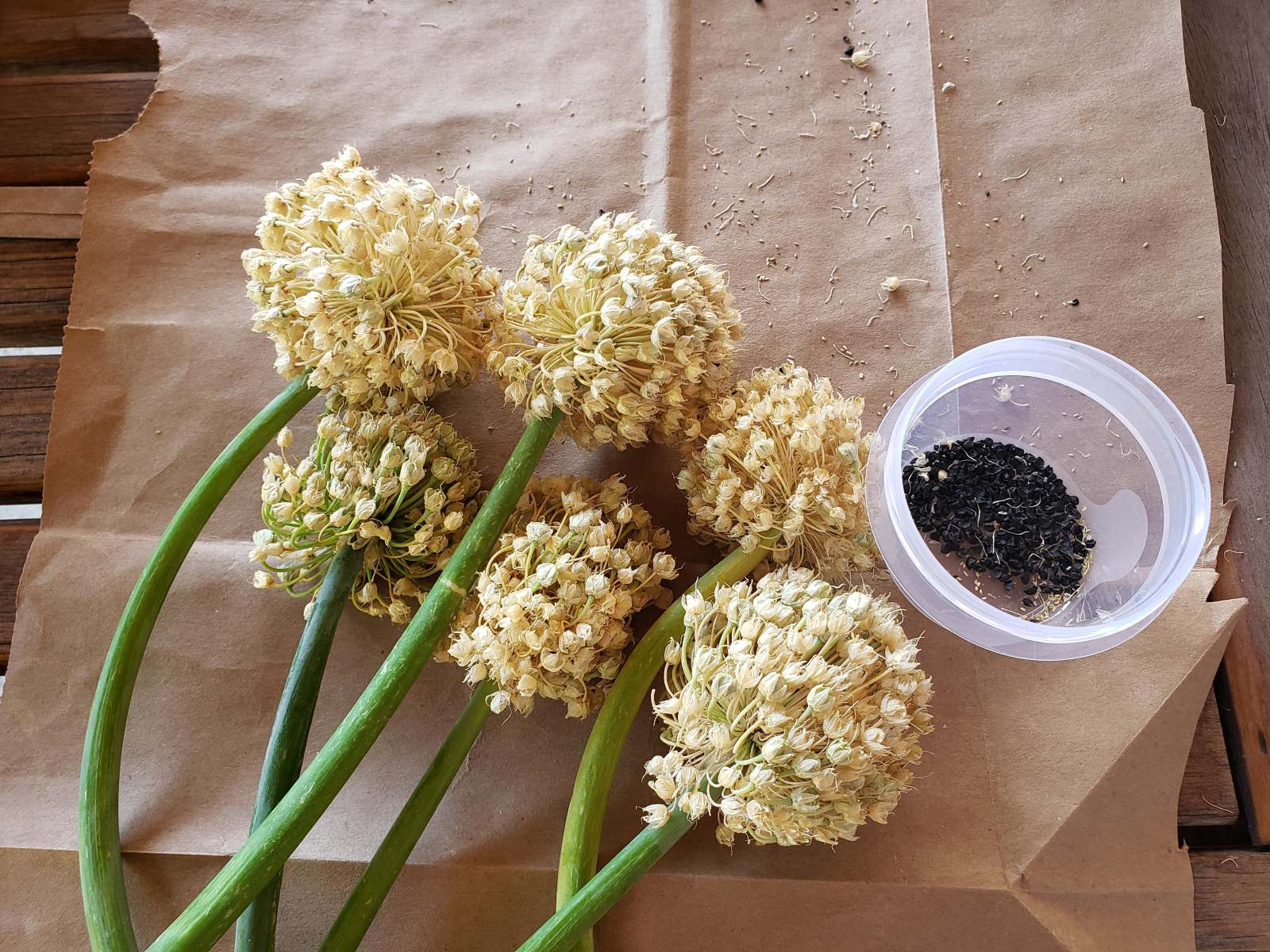
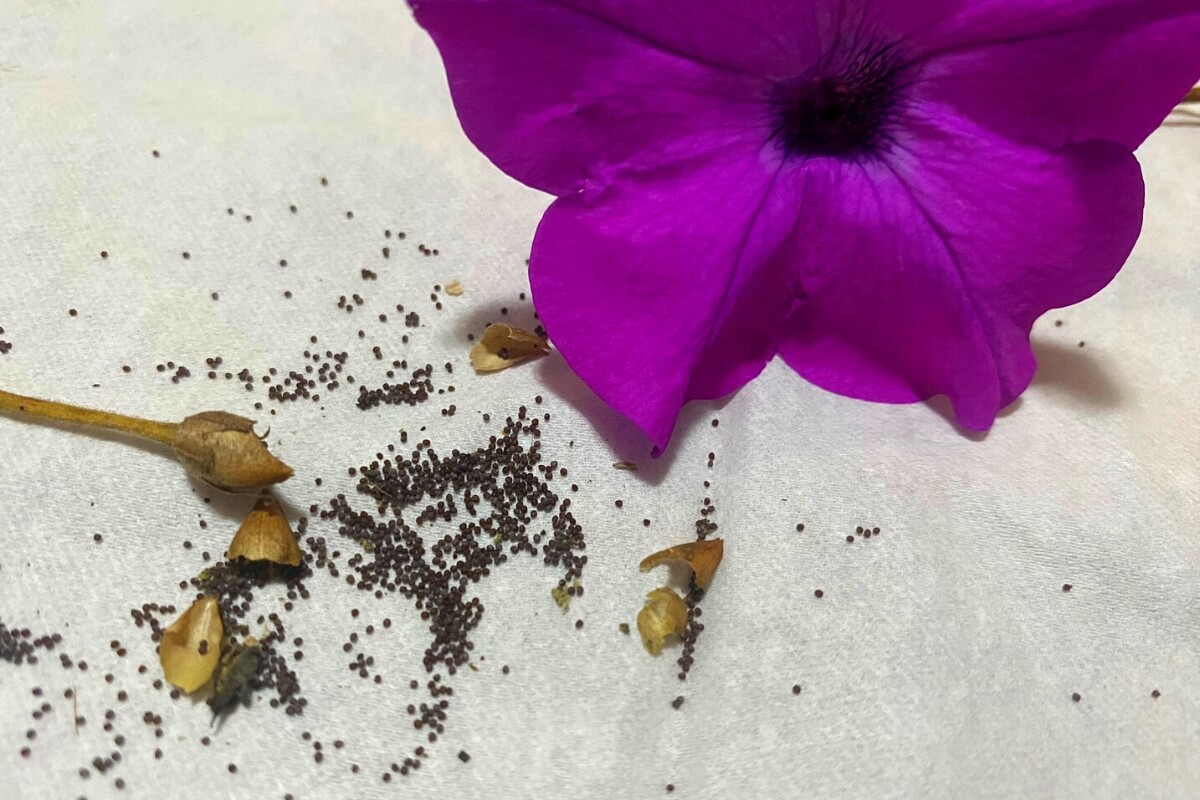
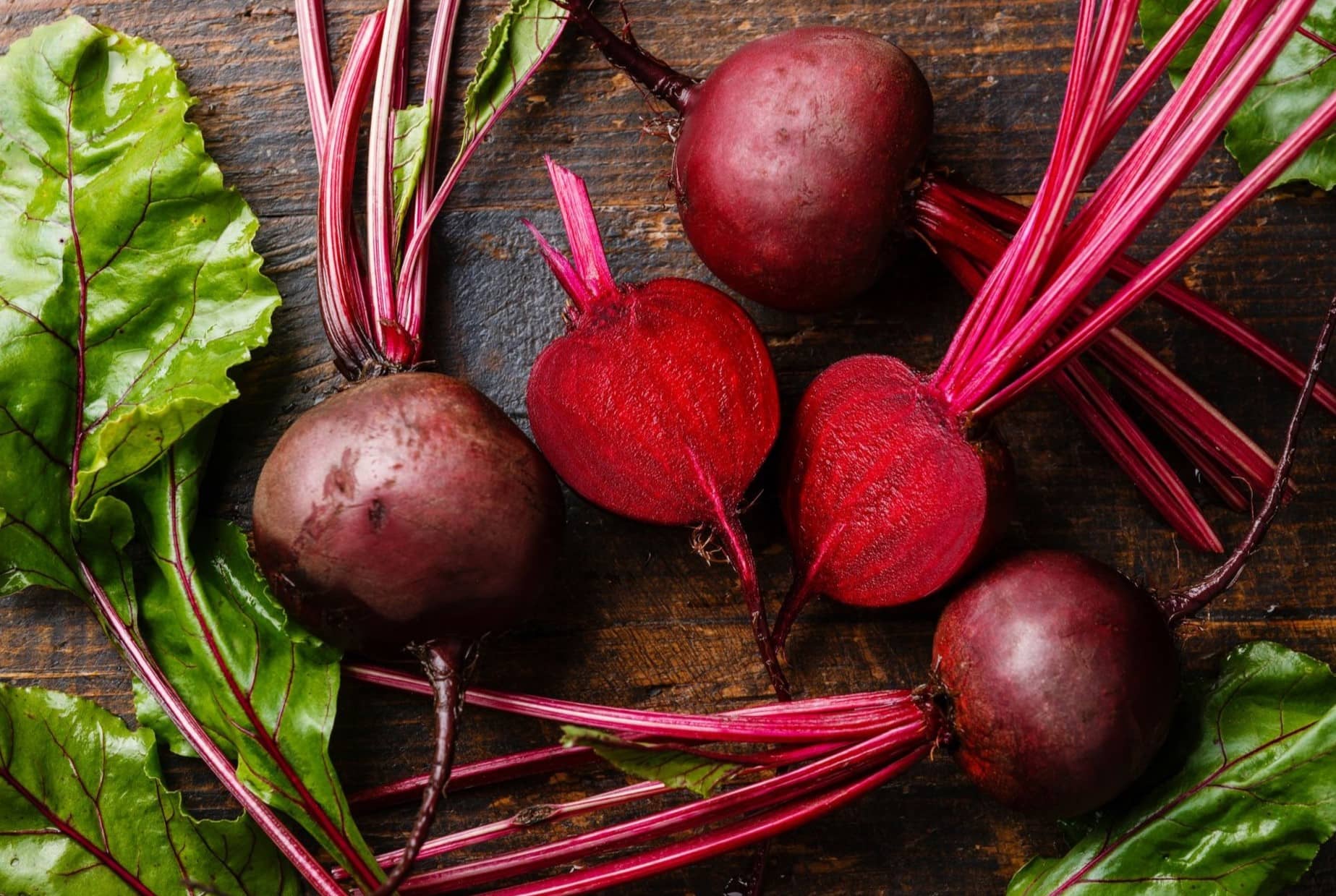
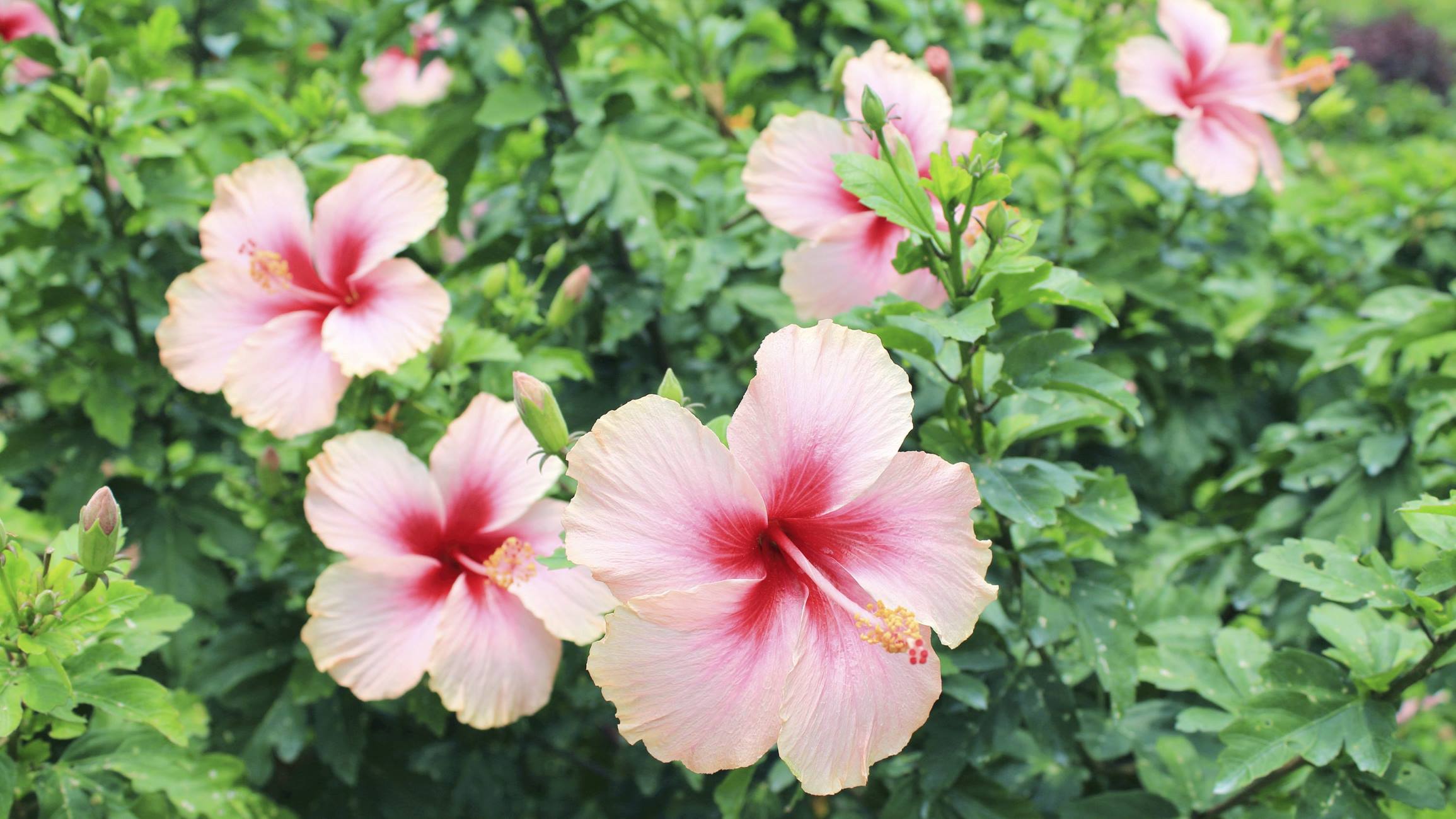
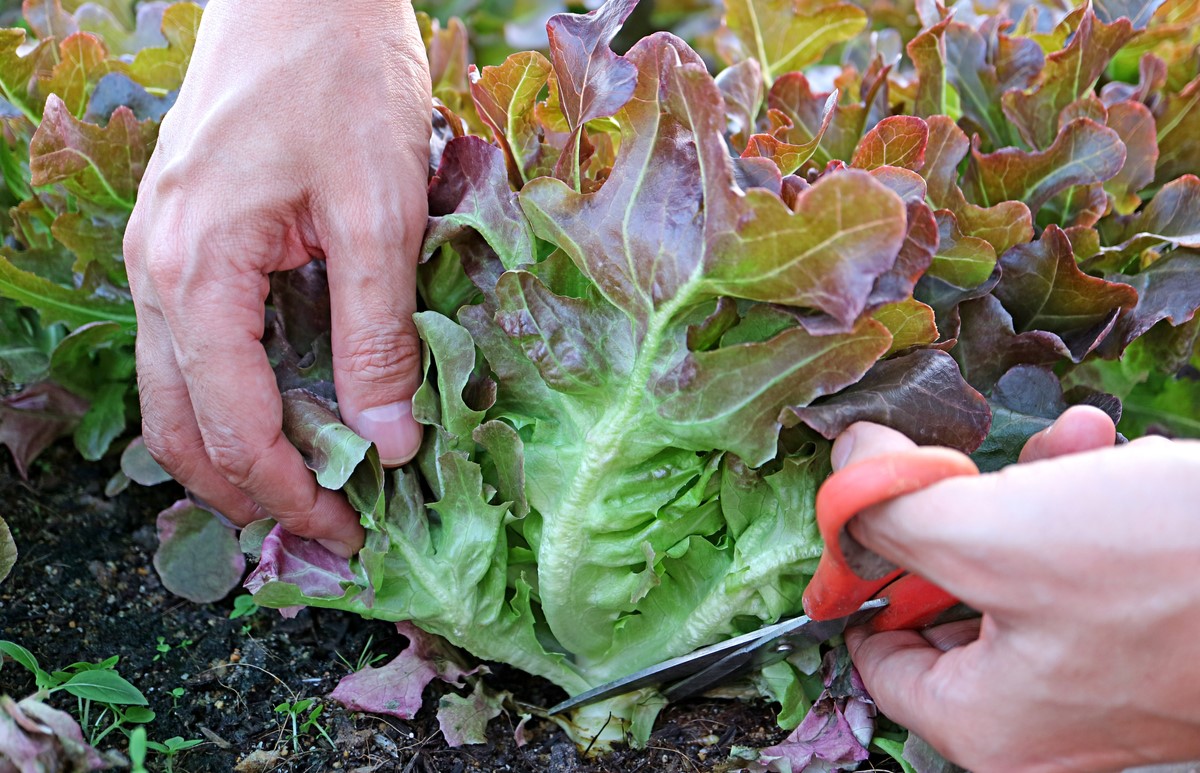
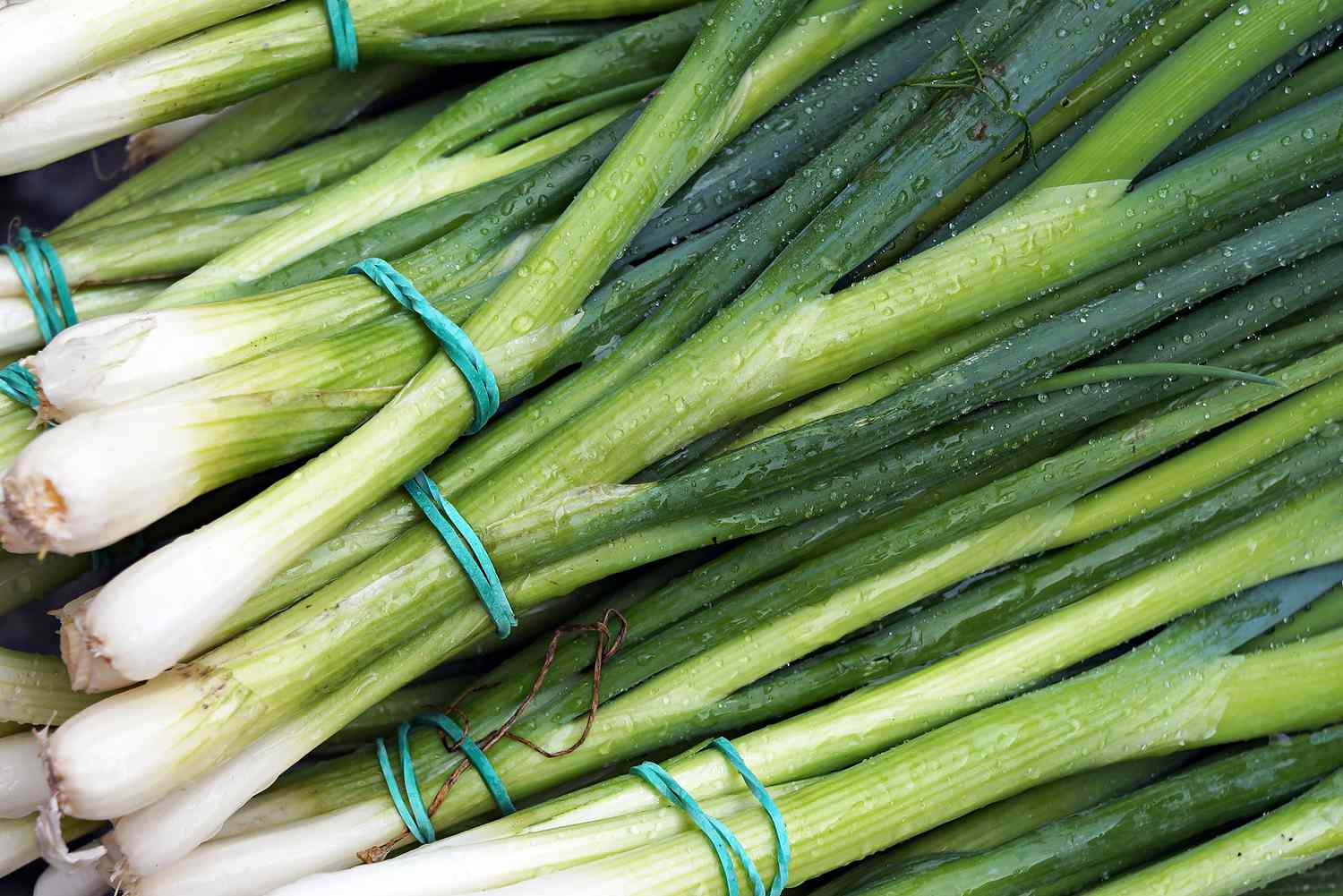
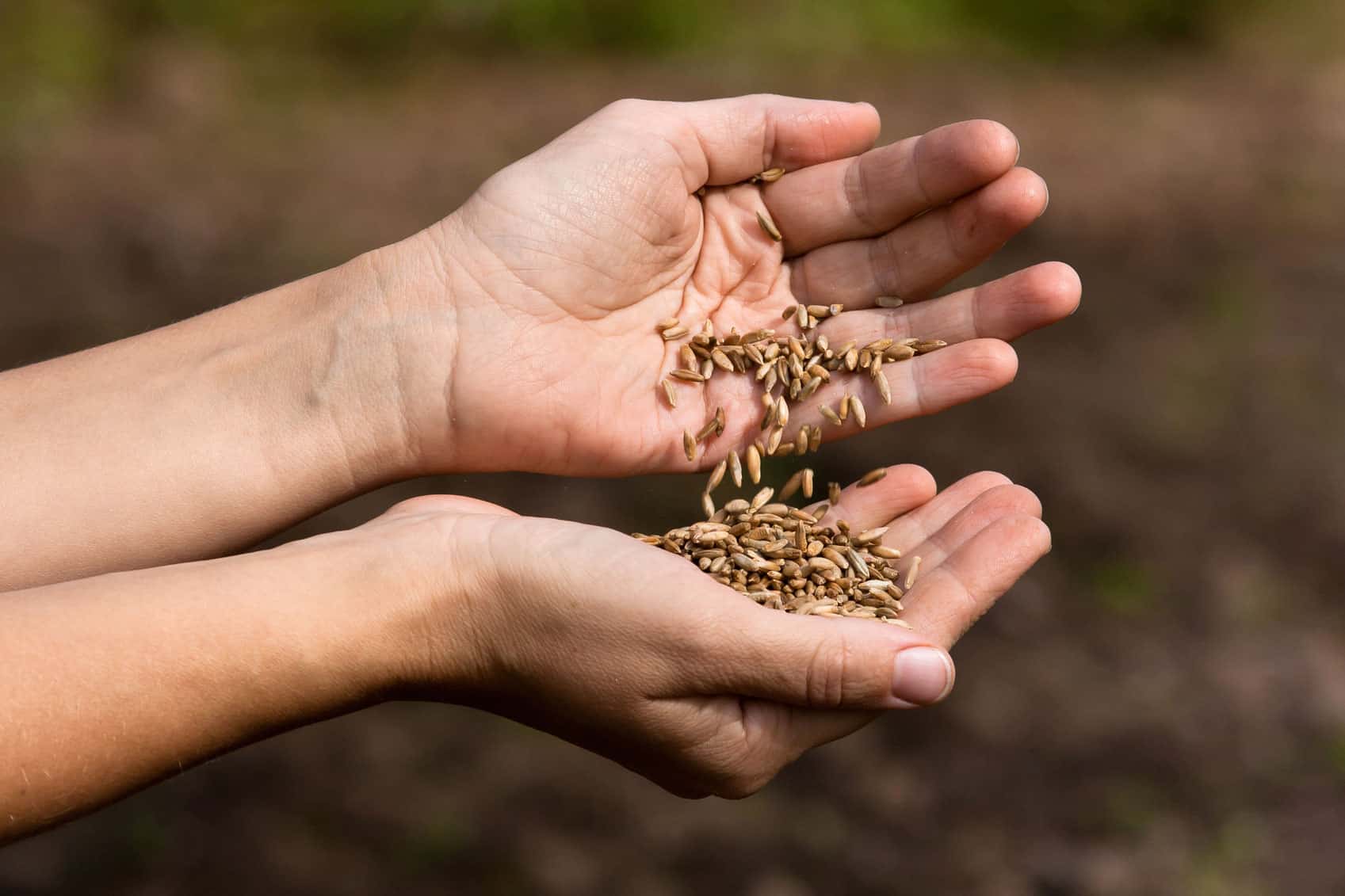
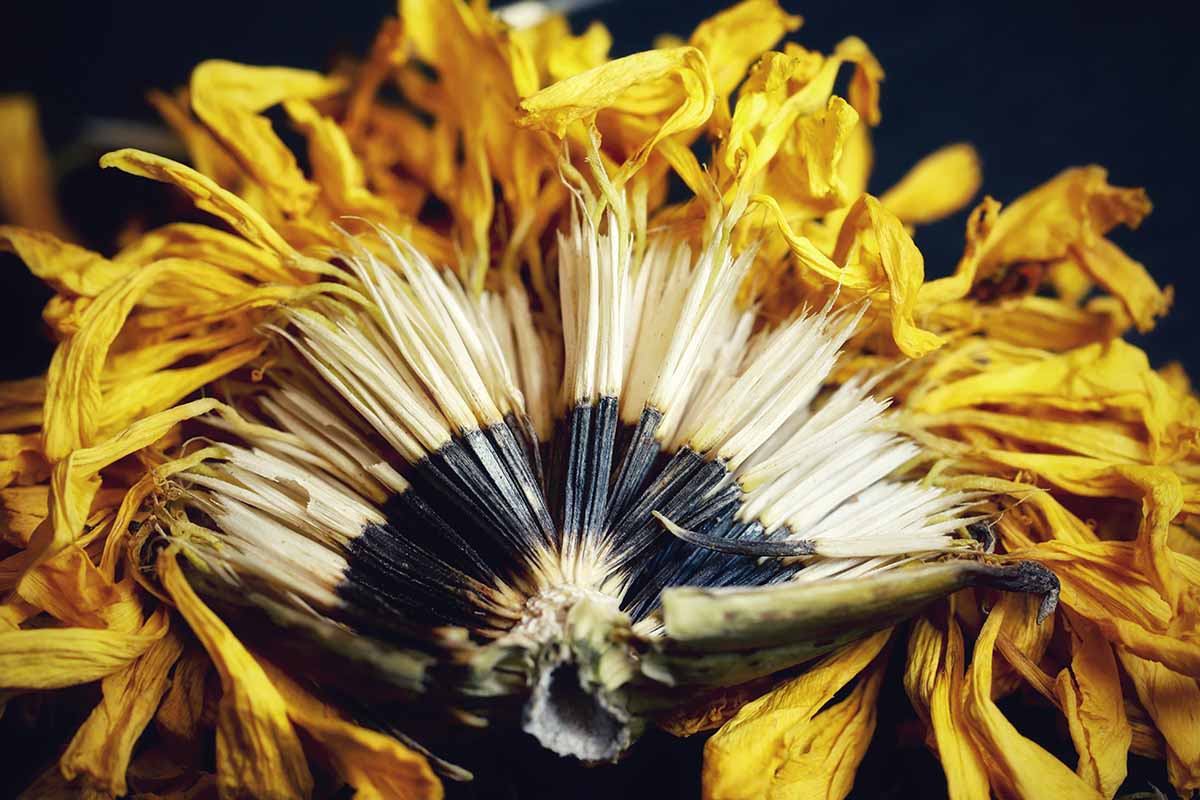
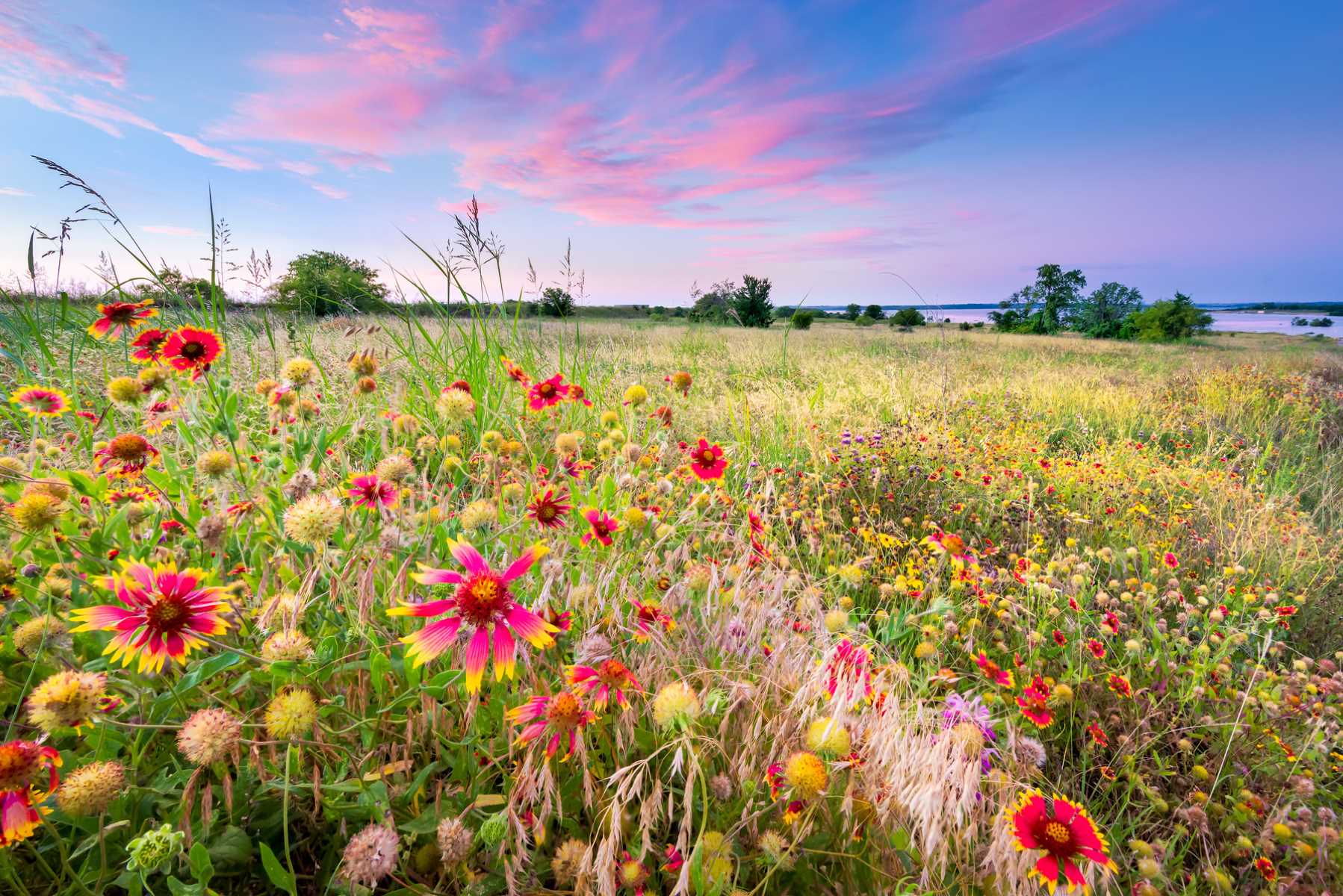

0 thoughts on “How To Get Seeds From Green Onions”